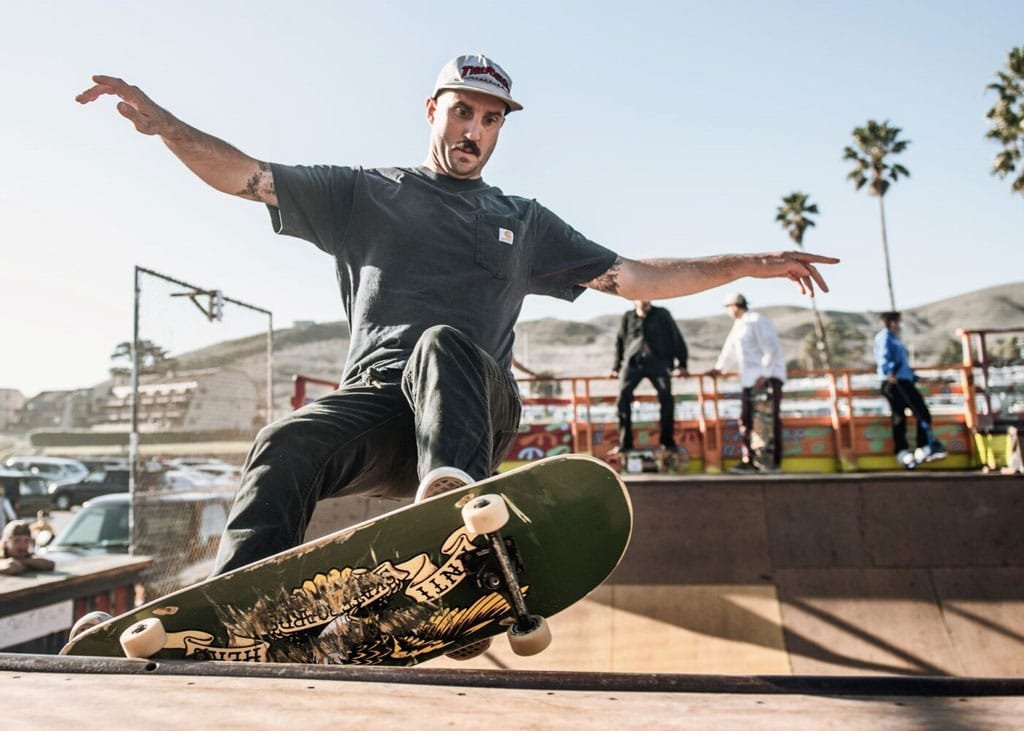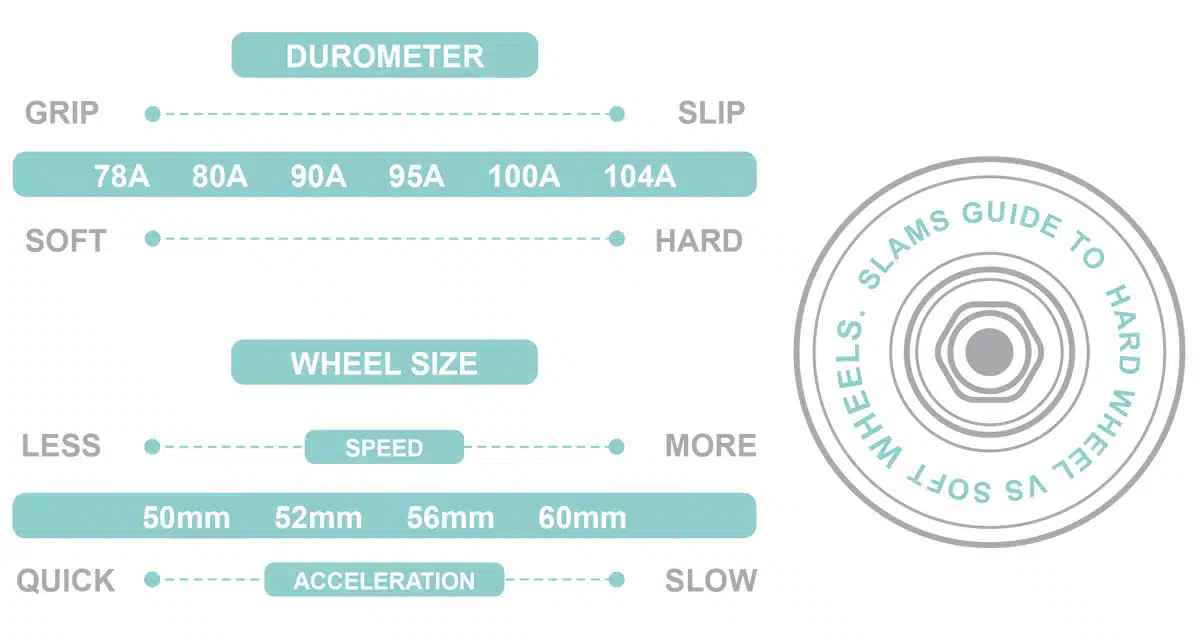Introduction
Hey friend! Ready to dive into something that really changed how I skate? We’re talking all about how wheel hardness affects skate performance. That small “durometer” number you see printed on wheels? It’s not just a number—it’s your ride’s personality. Whether you’re cruising mellow streets or throwing tricks at the park, picking the right hardness totally transforms how you feel. It made me feel more connected to the board—like my setup and I were in tune. Can you imagine that?
Understanding Wheel Hardness
The Shore A Durometer Scale
Wheel hardness is measured with the Shore A durometer—a scale from around 72A (super soft) to 101A or even beyond on rare models. Higher number = harder wheel. Simple, right?
Durometer Categories: Soft, Medium, Hard
- 78A–87A (Soft): Super comfy, great grip, perfect for rough or uneven surfaces—ideal cruising wheels.
- 88A–95A (Medium): Versatile blend, responsive yet smooth enough for mixed terrain.
- 96A–101A+ (Hard): Fast, slide-friendly, best for tricks and technical skating.
Why Brands Vary Even at Same Durometer
Two wheels both rated 90A might feel totally different. That’s because material quality, urethane mix, and pour practices differ—some are softer or stiffer day‑to‑day. Many skaters say durometer numbers can be inconsistent brand to brand.
Effects of Hardness on Performance
Speed & Rolling Resistance
Harder wheels deform less, so they conserve energy and roll farther per push—lower rolling resistance. On smooth concrete or park surfaces, 99A wheels glide farther than 85A soft ones.
Conversely, on rough asphalt, softer wheels absorb surface irregularities, meaning they avoid bouncing you upward each bump, cutting down vibration energy loss. That means sometimes soft wheels roll better outdoors than very hard ones.
It’s both: hard wheels minimize deformation drag on smooth ground, but soft wheels ‘squish through’ bumps better on rough surfaces.
Grip & Control
Soft wheels deform more to fit uneven terrain—giving a larger contact patch and better grip. Hard wheels slip more easily (which is great for slides, but not for stability).
So, if you’re bombing cracks or want traction on city sidewalks, softer wheels grip more reliably. Harder wheels provide less grip—but offer predictability for advanced maneuvers.
Shock Absorption & Comfort
Soft durometer wheels are great shock absorbers. They smooth out bumps, reduce vibration, and spare your knees and back. Hard wheels feel snappier—but you feel every pebble. That could drain your legs if you skate longer.
Trick Performance: Slides, Ollies & Grinds
Slide Behavior by Hardness
Want to powerslide or pivot? Go hard. Wheels rated 96A–101A slip more easily under pressure, giving cleaner slides. Softer wheels bite too much and stall mid-slide.
Pop & Technical Feel
Some skaters say ollies feel crisper with harder wheels—even though weight and size matter more. Hard wheels feel “springier” during flips and grind transitions.
Wear, Durability & Terrain Matching
Longevity by Durometer
Hard wheels last longer, especially on smooth surfaces like concrete or wood. Soft wheels deform and wear out sooner—chunking and flattening with miles.
Surface-Specific Wear
On rugged streets, soft wheels may wear quickly, but hard wheels vibrate too much and may skip or slide unexpectedly on broken asphalt. Medium-hardness wheels in 88A–95A deliver the best wear-life balance for mixed urban terrain.
Compound & Brand Impact
Two 90A wheels can still perform differently because of compound formulations or curing processes. Many skaters emphasize brand consistency over durometer number.
Dual‑Durometer & Modern Compounds
Dual‑Density Wheels
This design uses a soft inner core paired with a hard outer tire—combines comfort with speed and wear life. Invented by K2 and others around 1997 to offer balanced performance across terrain.
High‑Rebound Soft Wheels
Formulas like Bones X, Powell Dragon, or Rollerblade Hydrogen offer soft durometer feel but high rebound and decent slide behavior. Gives the best of both fuss-free cruising and trick readiness.
Choosing Hardness by Skating Style
Cruising & Commuting (78A–87A)
Ideal for beginners and outdoor riders who prioritize grip, comfort, and vibration damping over slick speed. Great for sidewalks, asphalt or boardwalk surfaces.
All‑Terrain/Mixed Surface (88A–95A)
Balanced wheels for riders tackling both pavement and concrete, with modest trick use. Medium hardness gives control, efficiency, and longer wear.
Street, Park & Tricks (95A–101A+)
For skaters focused on flip tricks, slides and skate parks on smooth concrete. Hard wheels deliver speed, slide predictability, and durability. Brands like Bones and Spitfire lead here.
Speed Skating (Indoor: 88A–97A / Outdoor: 82A–87A)
Indoor skaters go hard (88–97A) to minimize hysteresis and maximize glide. Outdoor they choose slightly softer to avoid slip and gain grip on street terrain. Some even mix hardness between wheels.
Other Influencing Factors
Wheel Diameter & Profile
- Larger wheels (55–60mm+) roll smoother over cracks and maintain momentum—great paired with softer durometers.
- Smaller wheels (50–54mm) offer quicker acceleration and control for technical tricks—but can be harsh on rough ground.
Urethane Composition & Rebound
Higher-rebound wheels return more energy during each push. Softer wheels with good rebound (like Bones or Hydrogen) can feel very efficient. Compound quality can outperform durometer alone.
Skater Weight & Temperature Effects
Heavier skaters compress wheels more—effectively lowering hardness and altering grip. Heat increases softness over a session or under sun: wheel performance can shift mid-skate. Great reminder: your ride evolves as you do.
Rider Experiences
“Changing from stock 86A to 84A Hyper Concrete wheels made crazy difference… I literally had to relearn my stops—they rolled so much better.”
“Switching from 83A indoor wheels to 78A outdoor ones radically improved stability outdoors. Huge improvement.”
Skaters also often describe the feel switching durometer extremes—like going from soft to hard wheels felt “like skating on glass,” but tricks became smoother immediately.
Community Discussions
“101A vs 95A: smooth surfaces—101A is way faster, grinds finger cleaner; rough streets—95A grips better.”
“Brands vary more than numbers—better to find a trusted brand than focus solely on the printed durometer.
Case Studies & Rider Voices
Case Study 1: Urban Rollerblading on Asphalt (82A → 85A)
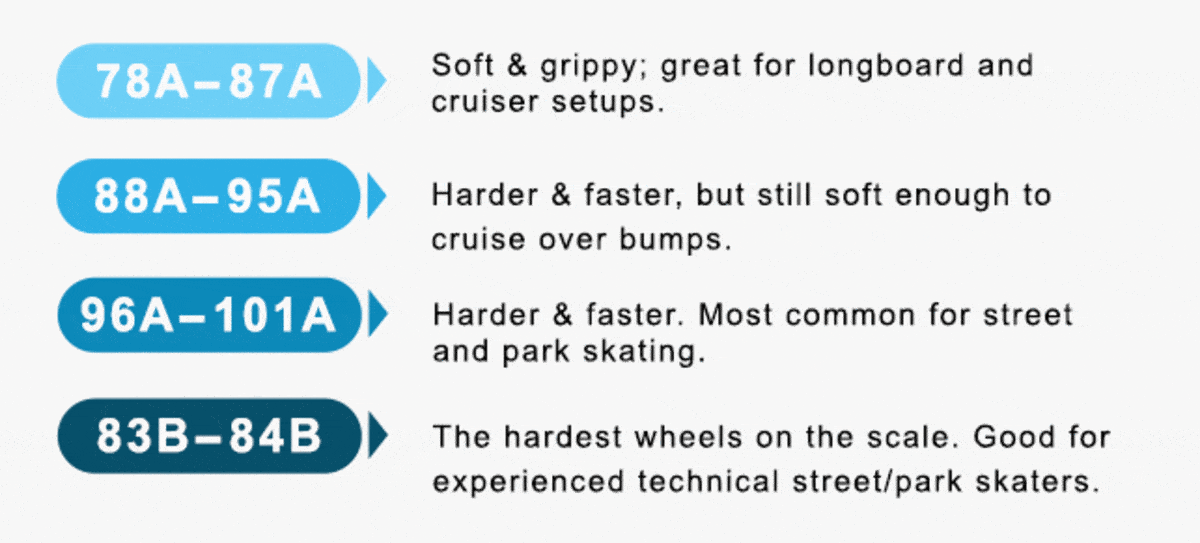
A seasoned inline skater shared his experience:
“My powerslide ones (82A) leave visible white urethane traces on parking asphalt… I switched up to 85A’s and definitely felt a difference in more speed and less grip. …Everything stuck like glue before. Then I felt nothing stuck—made transitions easier… confidence soared.”
Takeaway:
Harder wheels around 85A reduced stickiness and boosted smooth transitions, especially for heavier skaters on asphalt.
Case Study 2: Depression Relief & Wheel Upgrade (78A → 86A)
One skater recounted:
“I went from 78mm 78A to 80mm 86A … I ride smoother and faster… I’m just so happy lol … Skating has helped me so much with my depression… I’m so glad I found rollerblading”.
Takeaway:
Jumping to a firmer wheel—while staying soft—delivered smoother glides and more joy on wheels. It was transformative both physically and emotionally.
Case Study 3: 125 mm / 85A Setup on Rough Roads
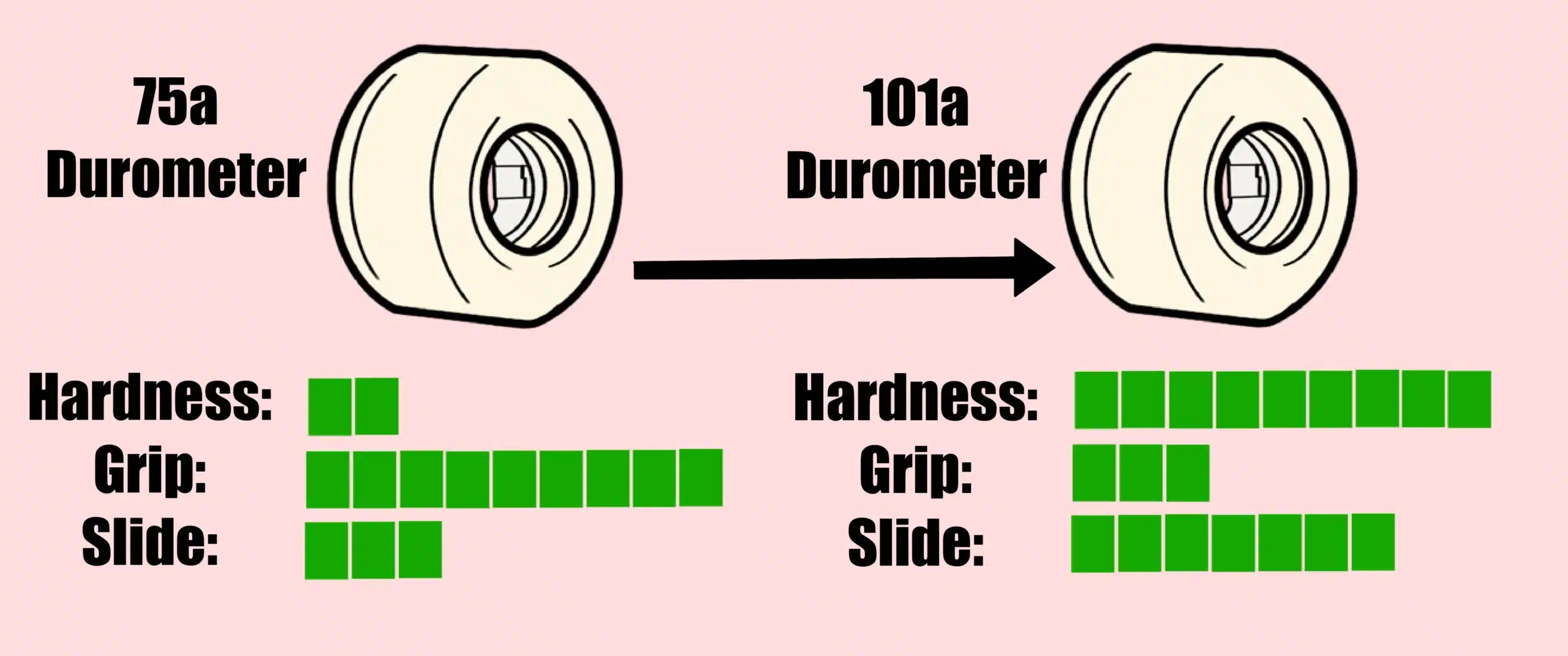
Another user noted:
“I have hydrogen 125 mm / 85A under my skates. They roll fast and smooth on nice roads, but on rough roads it is unmanageable.”
Takeaway:
Wheel performance can be surface-sensitive—85A smooths paved paths but struggles on uneven terrain due to limited shock absorption.
Case Study 4: Choosing Cut Hardness for Outdoors (84–86A)
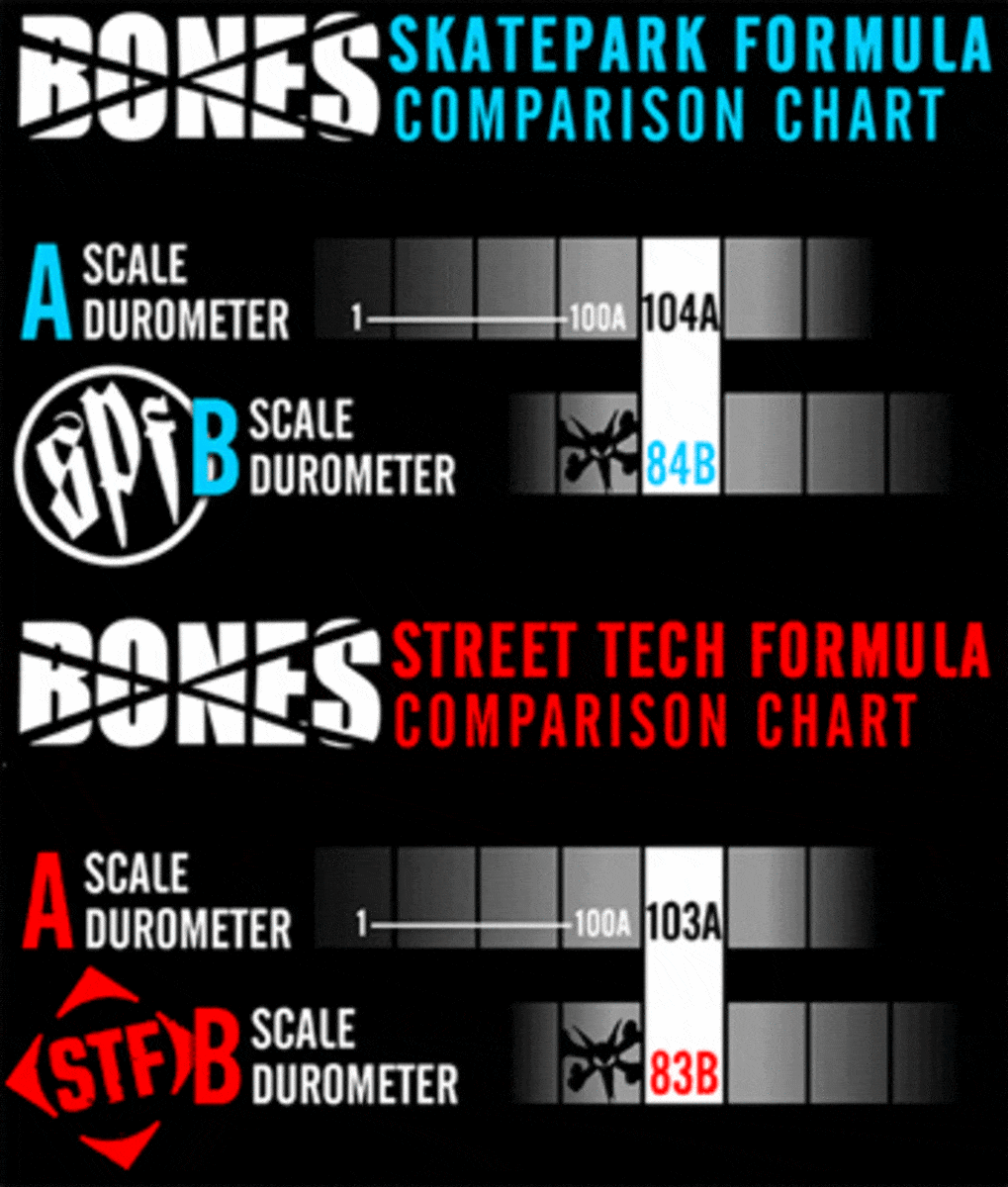
One user’s recommendation:
“84 to 86 in my humble opinion… good quality wheels make a bigger difference than hardness.”
Takeaway:
For outdoor skating, 84–86A strike a balance between grip, speed, and wear—but buyers should prioritize reputable brands over exact durometer.
Technical Insights & Innovations
Dual-Durometer Wheel Design
Innovations like dual-density wheels feature a softer inner core with a harder outer ring. This design delivers comfort and long-lasting slide-ability in one package. It was first patented in the late ’90s and remains influential today.
Modern High-Rebound Compounds
Brands like Bones X Formula or Powell Dragon Formula broke ground by offering softer 93A or 95A wheels that still slide like harder models. They combine grip and glide in unprecedented ways.
Enhanced Summary Table with Case References
| Hardness | Grip | Speed | Slide Ability | Comfort | Wear Rate | Best For | Example Feedback |
| 78–84A | Very High | Moderate | Low | Very smooth | Faster | Cruising, rough terrain | 78A → 86A improved speed and mood |
| 85A–88A | High–Medium | Better | Medium | Smooth with confidence | Moderate | Mixed terrain / transition skating | 82A → 85A easier transitions |
| 91A–95A | Moderate | Solid | Medium–High | Balanced | Medium | Street, urban, occasional tricks | Dual compound models provide glide & grip |
| 96A–101A+ | Low | High | High | Firm | Low | Park, technical tricks, precise slides | Standard choice for street skaters |
Visual Enhancements
- The first image shows durometer ranges and surface-suitability categories clearly.
- The second image breaks down different wheel lip profiles—key for controlling grip and slide.
- The third image illustrates the shift between wheel diameters with durometer effects.
- The fourth image outlines dual-durometer core constructions from modern compound manufacturers.
Conclusion
So, friend—by now you can see why soaking in the durometer scale and wheel hardness is worth it. It’s not just a rule-of-thumb: it’s your ride’s heart and soul. Are you cruising? Go cushy soft. Tricks and speed? Go hard and slide. Every time you swap wheels, you change the personality of your setup—and if you tune in, you start to feel smarter about your choices, more confident rolling, and more stoked to skate.
Please read more about the best skateboard wheels.
FAQs
What durometer is best for beginners cruising on sidewalks?
Soft wheels between 78A–85A provide excellent grip and comfort over rough terrain.
What hardness is ideal for performing slides and tricks?
96A–101A are recommended for clean slide control, pop, and glide on smooth surfaces.
Do soft wheels wear faster than hard ones?
Yes—softer wheels deform more and experience quicker wear, especially outdoors.
Can wheel feel vary between brands even at same durometer?
Absolutely. Differences in compound formula, pour process, and core design result in different ride feels.
Does temperature or weight change how hard the wheels feel?
Yes—heat softens polyurethane, and heavier skaters compress wheels more, effectively lowering hardness mid-skate.

